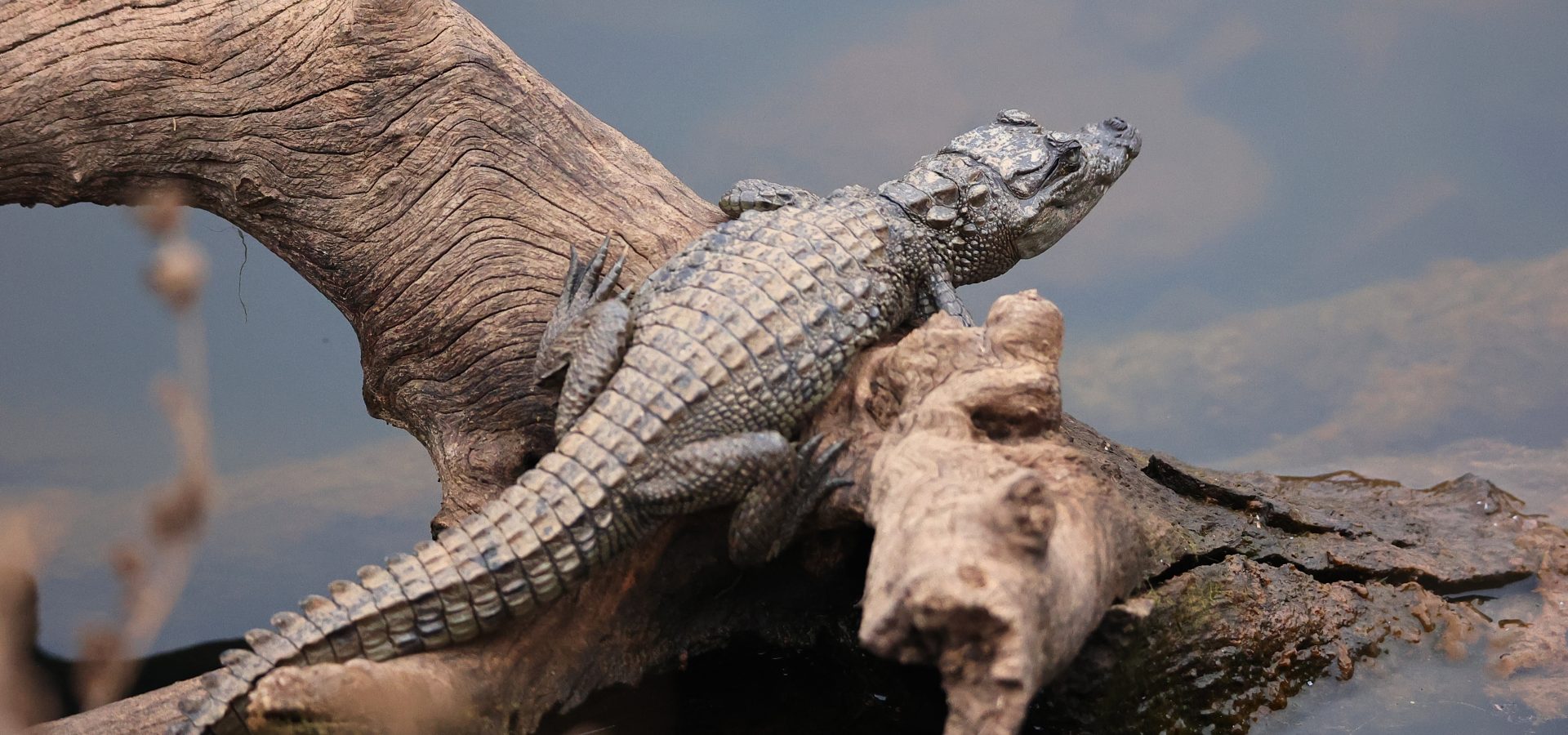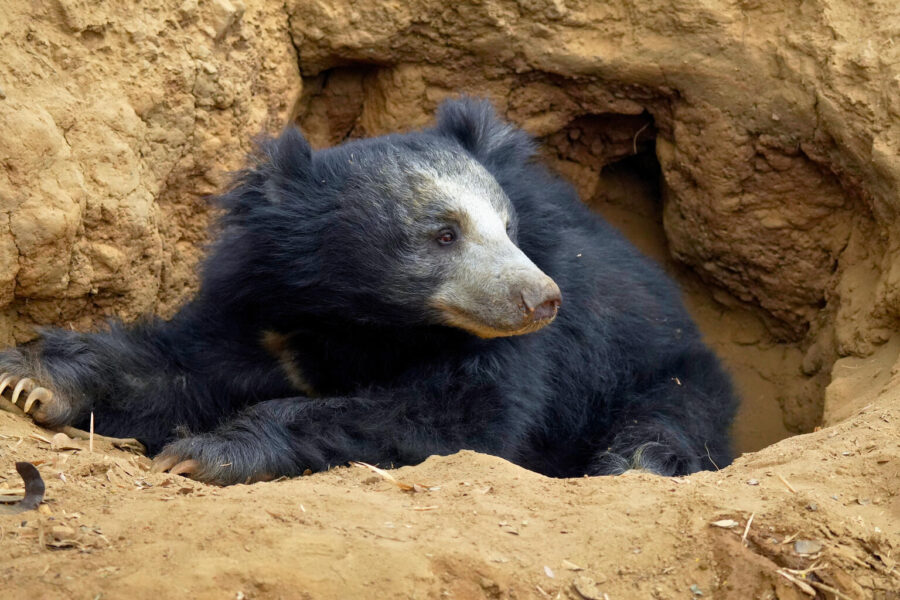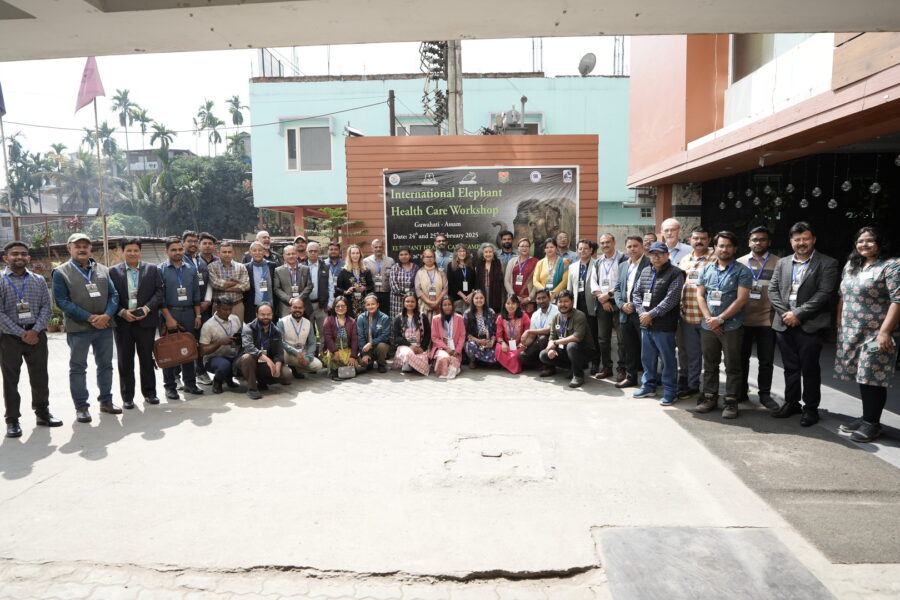Along with furs and feathers, the animal kingdom is made up of another family that is covered in scales and shrouded in misconceptions. We’re talking about reptiles, the cold-blooded animals that find themselves in diverse ecosystems such as forests, deserts, tundras, wetlands, freshwaters, mangroves, and even oceans.
From slithering snakes and shelled turtles to lumbering lizards and the descendants of prehistoric ancestors called crocodiles, each reptile is unique. Their characteristics aren’t just for aesthetics; they offer critical tools for survival that include aiding in camouflage, heat regulation, and even communication. Despite their remarkable adaptations and ecological importance, reptiles are highly misunderstood and feared. Let’s shed light on these often misjudged animals!
The Reptilian Family Tree
Up until October 2023, a total of 12,060 extant reptiles inhabiting a variety of habitats across the planet have been recorded. Within this vast spectrum, certain regions stand out for their rich reptilian biodiversity. Australia leads with 1,145 reptile species, contributing 9.59% globally, followed closely by Mexico, hosting 1,015 reptile species, constituting 8.50% of the global count. India, renowned for its varied landscapes, comes in on the third spot and supports nearly 889 reptile species, accounting for 7.45% of the world’s reptiles.
Reptile species fall under the class Reptilia, which comprises the following four orders:
- Squamates: This is the largest order for reptiles. These include those species that are characterised by their scaled skin, which is shed periodically, and a moveable bone in the mouth that allows it to open wide. Lacertilians (the lizards), Serpents (the snakes) and Amphisbaena (the worm lizards) belong to this order.
- Testudines: Formerly known as Chelonia, shelled reptiles, including turtles, tortoises, and terrapins, come under this order.
- Crocodylia: This order of large, predatory, semi-aquatic reptiles, has three families — Crocodylidae (the true crocodiles), Alligatoridae (the alligators and caimans) and Gavialidae (the gharial and false gharial).
- Rhynchocephalia: This is an order of primitive, lizard-like reptiles that includes only one living species, the tuatara, endemic to New Zealand.
The Origin
One may wonder how animals that look so different, like the legless snakes and the paddling turtles, fall under the same animal group. The answer is simple — while these animals may be physically distinct, they share a common ancestor — one that is characterised by dry, scaly skin, internal fertilisation, and the laying of amniotic eggs.
Did you know that reptiles have dominated our planet for a long, long time? Their evolutionary history traces back to the Carboniferous Period which occurred approximately 300 million years ago. As amniotes (vertebrates comprising birds, reptiles, and mammals) evolved during the following Permian Period, they diverged into synapsids, anapsids, and diapsids, groups divided on the basis of the skull structure. Further, diapsids split into archosaurs (ancestors of crocodilians and dinosaurs) and lepidosaurs (ancestors of snakes, tuataras, and lizards). However, these groups became dominant during the Triassic Period that came in next, nearly 250 million years ago. Archosaurs radiated into dinosaurs and pterosaurs (winged lizards) during this time.
Dinosaurs dominated the Mesozoic Era, often referred to as the Age of Reptiles, until the Cretaceous-Tertiary extinction. This was an event of mass extinction that resulted in the demise of most large-bodied animals on the planet. Interestingly, birds, the only living descendants of one major clade of dinosaurs, continue to thrive today and carry the legacy of reptilian evolution.
Traits that Make Reptiles Unique
Now that we know what reptiles are and how they evolved, here are some of the distinctive attributes that make them stand out:
- Dry, scaly skin: A defining feature, reptiles have skin covered in keratin-rich scales, bony plates, or scutes, offering protection from abrasion and dehydration.
- Ectothermic: Reptiles are ectotherms or cold-blooded animals that rely on external sources for body heat, and thus exhibit basking behaviour and limited activity during cooler periods (brumation).
- Diverse locomotion: Each reptile group has evolved specialised modes of movement, like creeping, running, swimming, climbing, jumping, and crawling. In fact, the name Reptilia comes from a Latin word that means ‘to creep or crawl’, owing to their movement.
- Lower jaw bones: Reptiles have several bones in their lower jaw, unlike mammals that have only one. This enables them to open their jaws wider and have a stronger ability to bite.
- Reproductive modes: Reptiles can be oviparous or egg-laying (eg. crocodiles) or viviparous or life-bearing (eg. lizards).
- Temperature-based sex determination: In some egg-laying reptiles like the red-eared slider turtle, the incubation temperature determines the sex of the offspring, adding a fascinating twist to their reproduction.
- Regeneration: Certain lizards, like the green anole, have self-repair abilities and can regenerate lost tails.
- Amniotic eggs: Reptiles like turtles lay hard-shelled eggs with membranes around the embryo that allow the exchange of gases and nutrients. All oviparous reptiles, aquatic or terrestrial, come on land to lay eggs.
Mistreatment of Reptiles
Unfortunately, reptiles are rampantly hunted and traded for food, traditional medicine, jewellery and decoration, and are even used as pets. Turtles, like spotted pond turtles and Indian star tortoises, are illegally traded across the globe to be kept as pets. The red-eared slider, due to its small size and attractive colouration, become highly desirable for many in India. However, as it grows into an adult, the slider is most often released into a nearby water body from the household aquarium. Lacking any natural predator, the animal multiplies and thrives in numbers, thereby invading resources consumed by the native wildlife.
For ages, snakes have been used in the practice of snake charming, which is prevalent during Shravan (an auspicious month in the Hindu calendar). Snake charmers make snakes ‘dance’ with the movement of their flutes, and devotees, ignorant of their inability to digest it, offer the serpents milk. India’s coastline also hosts the illicit trade of turtle eggs for cosmetic products, turtle meat for delicacies, colourful shells for ornaments, and animal extracts to cure diseases. Monitor lizards are also heavily poached both for their skin and meat. Their skin is used for percussion instruments, and their meat and body parts are used as an aphrodisiac in Chinese traditional medicine and soup preparations.
Owing to these unfortunate myths and misconceptions, reptile populations face severe anthropogenic threats. A comprehensive study revealed that 21.1% of the 10,196 reptile species across 24 countries, including India, are threatened with extinction.
Protecting the Reptiles of India
Amidst these threats, hope shimmers. Understanding that reptiles are not just fascinating animals and that they play a vital role in the ecosystem, organisations like Wildlife SOS continue to protect them. Our dedicated team works round-the-clock to rescue reptiles in distress and impart knowledge to the public.
Through these awareness sessions and workshops, our team conveys the key roles that reptiles play such as pollinating plants, dispersing seeds, and controlling prey populations. Animals like crocodiles are also the keystone species of the freshwater ecosystems. This is due to their influential role in creating and maintaining water bodies as a refuge for a large variety of species. Snakes hunt and feed on rodents and insects, thus proving to be excellent pest control agents.
Every year, the 24-hour rescue hotlines run by Wildlife SOS receive hundreds of calls from residents who report reptiles in unfortunate conditions. Our rescue team has the expertise to handle distressed reptiles in any given situation. In fact, in the year 2023 alone, the teams managed to rescue over 2,300 reptiles across India!
In case you encounter an animal in distress, contact the following Wildlife SOS rescue helplines:
Delhi NCR – +91 9871963535
Agra and Mathura in Uttar Pradesh – +91 9917109666
Vadodara, Gujarat – +91 9825011117
Jammu and Kashmir – +91 7006692300, +91 9419778280





